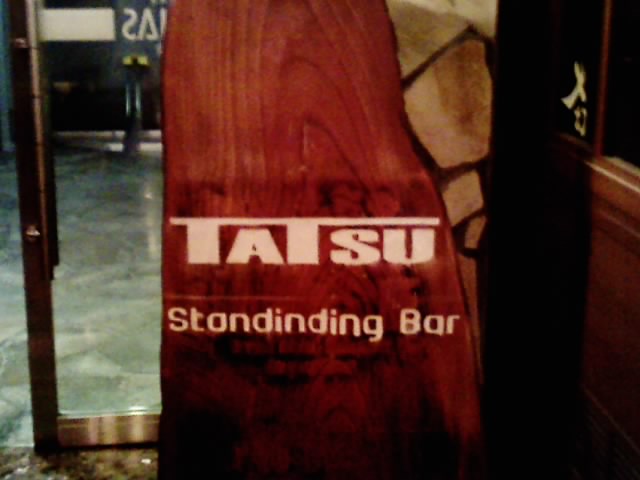When I came back from my break today, the four women seemed to be conferring about something. They spoke quietly, as though discussing something private. They stopped when I put my books down on the table.
“What’s up?” I asked, idiomatically. Nervous silence. Meanwhile, I was thinking, Uh-oh, what did I do?
“A few days ago, “began the shiest one, “I saw…”
What? I thought. I’ve been sober for weeks! What did you see?!
“Yes…?” I said.
“Th-the Man in the Moon!” she blurted out. Then added, “I’m sorry.”
It eventually all made sense. A few weeks ago, to illustrate some point, I drew a picture on the white board, finishing with a moon overhead, with a face. Someone asked what it was – to me it was self-evident, but then I remembered that nobody in Japan knows about the Man in the Moon. It’s a totally Western thing, by no means universal. I explained, and they listened politely, as you do in Japan when a supposed authority is saying something really stupid but not very important. Then we continued the lesson. In the meantime, I forgot all about the little picture of the moon.
Well, as it turned out, one person had not. There was a full moon a few days ago, and as the shy girl was walking home that evening, she found herself waiting for a particularly long light at an intersection. She looked up at the moon, and remembering what I’d said, tried to see the man’s face. And, after about five minutes, she succeeded (the light had changed several times by then). To her, it was as amazing as finally seeing both images in one of those young-girl-old-woman illusion pictures. I was touched – partly because someone actually remembered one of my little asides (Trivial Pursuit is the only contact sport I’m good at), but mostly just to see that rarest of things, c.2007: someone with a genuine, innocent sense of wonder. We’re not all jaded yet, I thought. Good for you.
Mind you, I was pretty happy myself the first time I was able to see what the Japanese (and in a slight variant, the Chinese and Koreans) see when they look up at the moon. And that is…? A rabbit pounding mochi of course. Of course.
